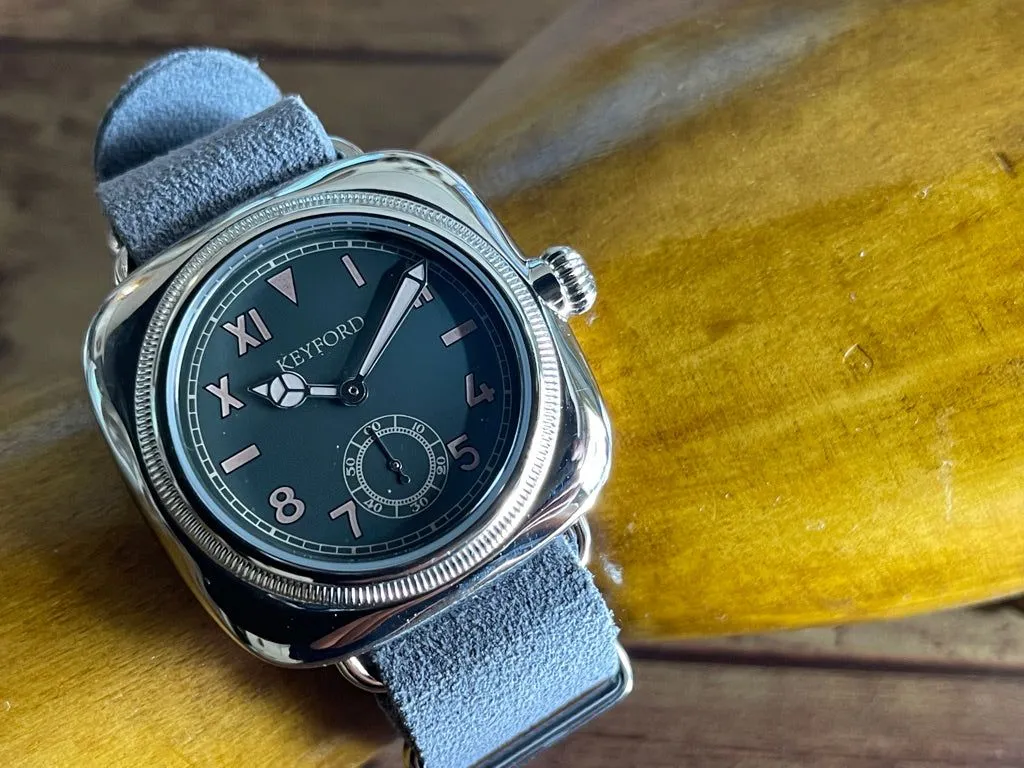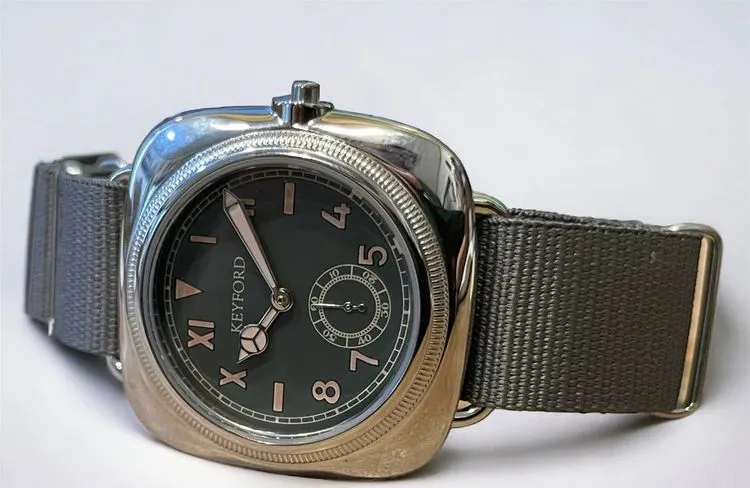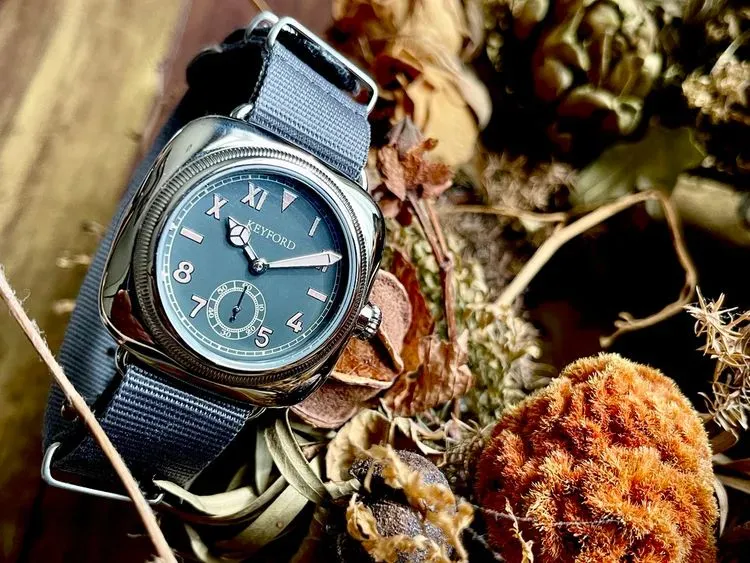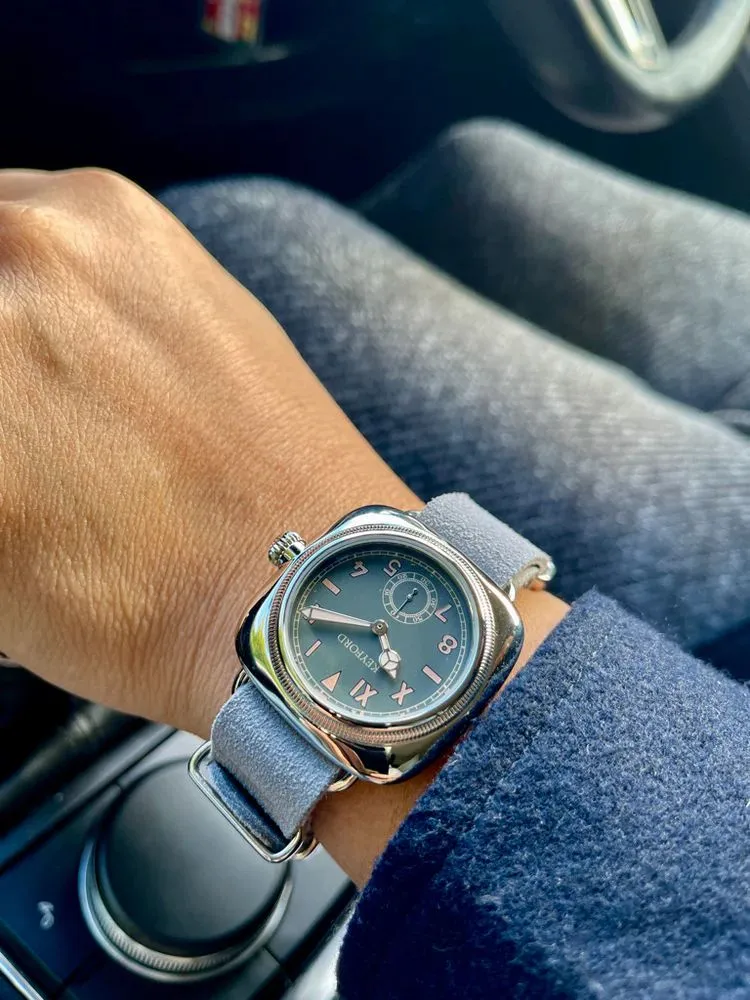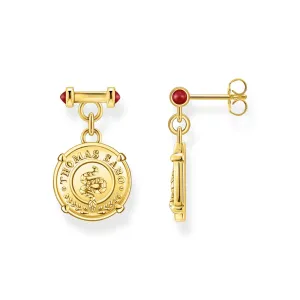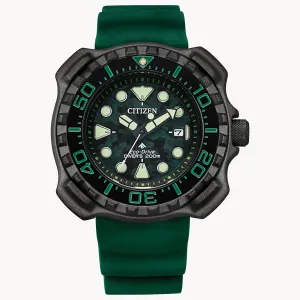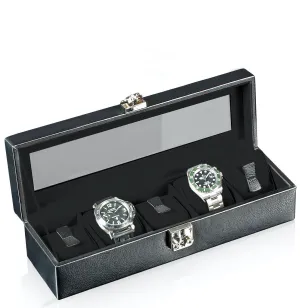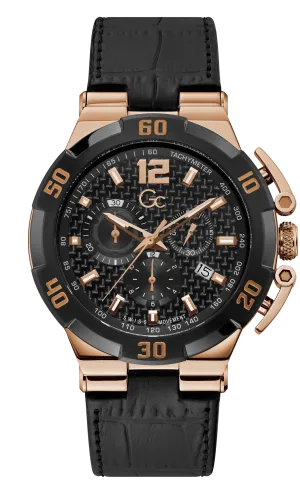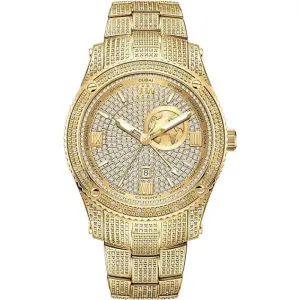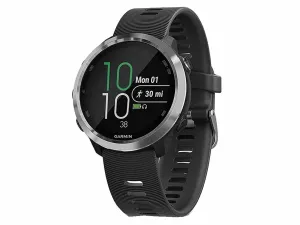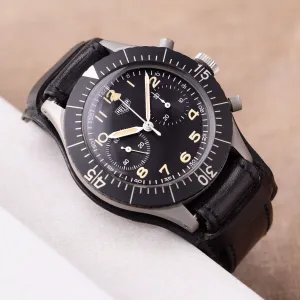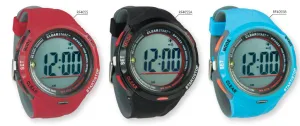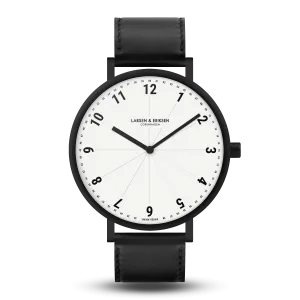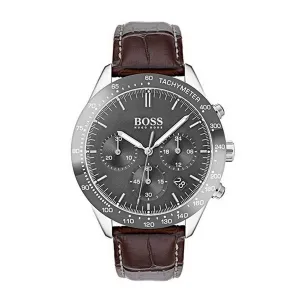We have tried to combine the unique, practical and excellent dials [Californian dials] with the cushion watch cases used by various watch brands since the 1920's. We have selected two types of dials from the 30's (a smoky black dial with smoseco and a smoky pink dial) and reissued them.
Two types of dials from the 30's (a smoky black dial with smoseco and a smoky pink dial) have been selected and reissued. The name is California Cushion watch, a reissue of a watch that has been popular for many years.
[The indexes at 10, 11, 1 and 2 are Roman numerals, 4, 5, 7 and 8 are Arabic numerals, 3, 6 and 9 are bar indexes, and 12 o'clock is written with triangular hour markers, which is a common feature of the KAGANO KAGANO KAGANO watches.
The "calfonia dial" design is commonly used with triangular hour markers at 12 o'clock. Among the different types of dials, there is one model that has been the most popular in antique watches. It is called "unique dial" in Japan and "calfonia dial" in the world.
It is called "unique dial" in Japan and "Californian dial" in the rest of the world. It is not only a unique dial. It is not only a unique dial, but it is also a dial that has been used by Rolex, Panerai, Tudor, Tudor, Timex, Grishin, etc...
Glycine, etc... The design has been used by many famous brands and apparel brands, and is popular among men and women alike. In modern times, Nomos Las Hutte and Apple watch also have the Californian watch face.
Not only was it a superior design, but it was actually highly legible.
The history of the calphonia dial dates back to the 1930s, when watches such as Rolex and Panerai used them. At that time, it was called a "high-visibility dial" or "error proof dial" rather than a calphonia dial.
It was called "error proof dial" or "error proof dial". The dials, which consisted of Roman numerals, Arabic numerals, bar indices and triangular indices, could be used on the battlefield in any position and in any watch.
The advantage is that the wearer can see the time accurately when looking at the watch from any position, even on the battlefield. The first watch was adopted by the Italian Navy's Special Forces in 1936 to increase visibility in dark combat conditions,
The design is so practical and highly visible that it has been used in military watches of many countries since then.
-
Home
-
Collection
- Collection
-
Collection 01
- Collection 01
- Collection 01-1
- Collection 02
- Search
- Contact Us
- Product

